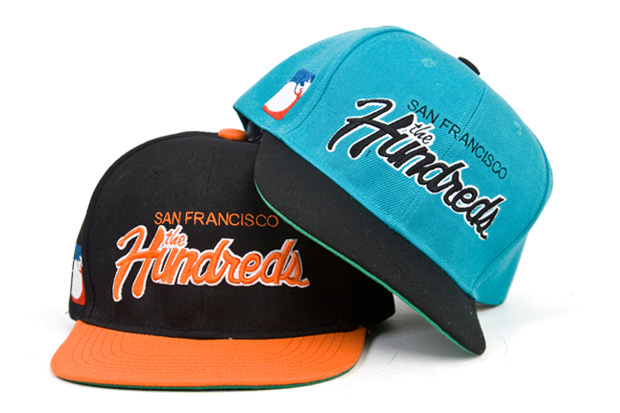
IN 2009, when two ex-Yahoo software engineers, Brian Acton
and Jan Koum launched a start-up firm called WhatsApp, they barely knew their
instant messaging application would sound the death knell for short message
service (SMS) and multimedia messaging service (MMS) businesses of our local
mobile network operators (MNOs).
Human Capital Telescope with Brett Chulu
Welcome to the era of global competition oiled by disruptive
innovation!
To be fair, WhatsApp is not the only instant messaging
platform that is available.
However, its potency and mass popularity derives from its
being a disruptive innovation.
According to official statistics, in August 2012, WhatsApp
reached a milestone of processing 10 billion messages per day. Using our local
SMS rates, WhatsApp is processing an equivalent of US$900 million worth of
daily business by Zimbabwe MNOs’ SMS tariff standards.
A disruptive innovation is an affordable, simple-to-use and
focused product or service. These traits are evident in WhatsApp founders’
thinking DNA.
Acton, in a rare interview on Memeburn, when asked what
differentiates WhatsApp from other competing offers, replied: “Simple mobile
real-time messaging. People get bogged down in complexity.”
To underline the importance of simplicity, the founders of
WhatsApp vowed never to use their platform for adverts: “When we sat down to
start our own thing together … we wanted to make something that wasn’t just
another ad clearing house. We wanted to spend our time building a service
people wanted to use because it worked and saved them money and made their
lives better in a small way.”
WhatsApp business model
At the heart of
WhatsApp’s business model is simplicity. Simplicity is leveraged upon for two
reasons: to keep the cost structure lean while simultaneously delivering a
highly focused value proposition to potential users.
These twin traits are what make a disruptive innovation
build a strong brand-recognition.
WhatsApp uses two strategies to generate income. First, it
makes money from the millions of iPhone users who download the WhatsApp
application from the Apple online app store for a ridiculous 99 US cents.
Second, other users are allowed free downloads and free usage
for at least a year. It is hoped that once one gets to enjoy the cost and
convenience benefits, being required to subscribe for US$1,99 for three years
will not be a big ask.
With an estimated 300 million users worldwide, and hoping
these upgrade to become subscribers, WhatsApp can become a billion-dollar
income-generator.
Zim users’ profiles
To understand the
dynamics of the disruption of SMS/MMS business by WhatsApp users in Zimbabwe, I
interviewed a cross-section of people. The profiles that follow provide
snapshots of typical WhatsApp users in Zimbabwe.
Rod (not his real name) is an entrepreneur in his early 20s
who runs a graphics designing firm. He owns a simple smartphone which now
boasts close to 200 contacts on WhatsApp. Of these 200 or so contacts, he
regularly communicates with 50, a mix of business clients and friends. Rod no
longer uses SMS. He finds WhatsApp very useful in communicating with his
clients and it has enabled him to send and receive designs using its image
messaging capabilities for next to nothing.
Doris (not her real name) is a recently retired health
professional who has two daughters and a son. It was her younger daughter who
introduced her to WhatsApp. Recently, Doris was surprised to learn that she was
not the only adult using WhatsApp: a church-mate of hers, in her 50s also uses
it.
It would appear that adopters of WhatsApp in Zimbabwe are
individuals who are highly cost-sensitive and need to frequently communicate
for business and social reasons. What is also apparent is that WhatsApp
adoption is becoming a phenomenon cutting across demographic lines.
It would seem that early adopters are cost-conscious young
people who become mavens that influence older generations to adopt the
application. What is particularly striking is that those adopting WhatsApp are
showing the tendency to completely abandon SMS.
The impact of WhatsApp on SMS seems to be real — our MNOs
are now giving SMS for free in some of their promotions. This could be a strong
indicator that the SMS business of our MNOs is being hit hard by WhatsApp and
thus SMS could be on the way to becoming a value-added service instead of being
a stand-alone revenue-generator.
This process of SMS business disruption is likely to
accelerate as low-cost smartphones become available.
That trend is already underway with Huawei and Microsoft
recently availing a smartphone dubbed 4Afrika, reportedly going for US$150.
Nokia has also inked a similar deal with Microsoft targeted at emerging
markets, where Nokia’s new Lumia 520 smartphone with a retail price of US$180
will run on Windows software. That’s a signal that SMS/MMS might be ripe for
annihilation.
Reflect on it
Poor security
features on WhatsApp have been cited as a deterrent to adoption by
quality-conscious consumers. A disruptive innovation almost always begins as a
crummy product despised by quality-conscious consumers. Later, disruptive
innovations always improve on the performance metrics desired by
quality-conscious markets.
Chulu is a strategic
HR consultant who has worked with both listed and unlisted companies.
brettchulu@consultant.com







